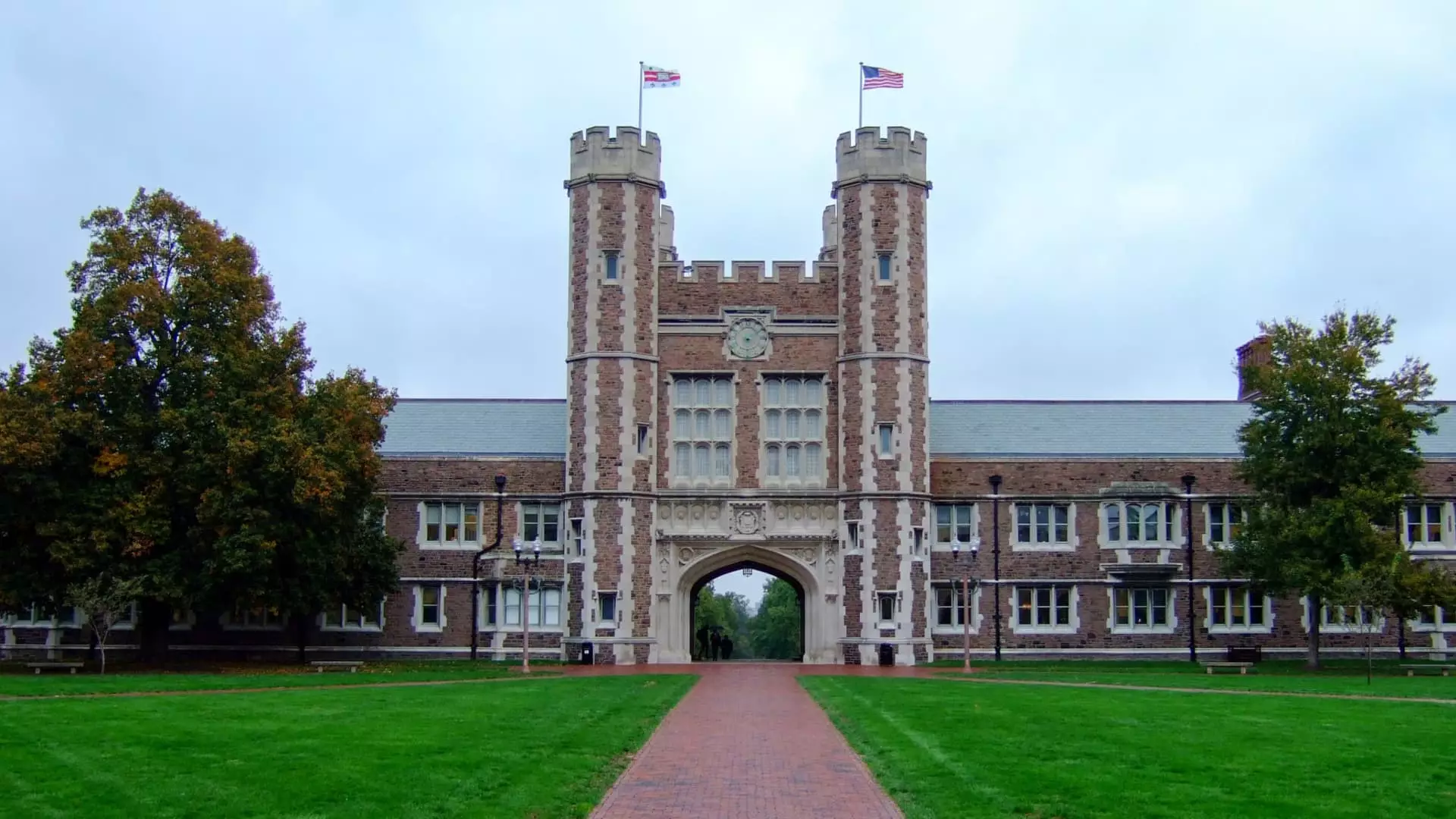The cost of attending college has continued to rise in recent years, with some institutions now approaching a staggering six figures annually. Among the elite schools listed in The Princeton Review’s “The Best 389 Colleges,” there are eight institutions with a sticker price exceeding $90,000 for the academic year 2024-2025. This rapid increase in tuition costs has made higher education unaffordable for many low- and moderate-income families, ultimately discouraging students from pursuing further education.
One of the contributing factors to the soaring cost of college is the significant cuts in state funding for higher education. As state funding decreases, colleges are forced to rely more heavily on tuition to cover their operating expenses. This shift has led to substantial tuition increases, pushing the financial burden onto students and their families. Despite this concerning trend, it is essential to recognize that high-cost institutions represent only a small portion of the higher education landscape, with the majority of colleges offering more affordable options.
While the sticker prices of colleges may be astronomical, the actual out-of-pocket expenses for students and their families are significantly lower. According to a report by Sallie Mae, the average amount families spent on college costs in the 2023-24 academic year was $28,409. This discrepancy highlights the importance of financial aid in making higher education accessible to students from all socioeconomic backgrounds. Scholarships, grants, and student loans play a crucial role in bridging the gap between tuition costs and what families can afford to pay.
Despite the availability of financial aid programs at the federal, state, and institutional levels, many students face barriers in accessing these resources. The Free Application for Federal Student Aid (FAFSA) serves as the gateway to federal financial assistance, yet issues with the application process have deterred some students from applying. As a result, FAFSA submissions have seen a significant decline in recent years, potentially impacting college enrollment rates. Addressing these challenges is crucial in ensuring that all students have access to the financial support they need to pursue higher education.
Private institutions often have more resources available to provide financial aid to students in need. Despite their high sticker prices, many private schools are committed to meeting the demonstrated financial need of students and families. This commitment to accessibility highlights the importance of looking beyond the initial cost of attendance and exploring the financial aid options available. By leveraging scholarships, grants, and student loans, students can make higher education more affordable and attainable.
The rising costs of college attendance present a significant financial burden for many students and families. Nevertheless, it is essential to recognize the various financial aid programs available to help alleviate this burden. By addressing challenges in accessing financial aid and exploring options for funding higher education, students can pursue their academic goals without being deterred by the sticker price of college.

Leave a Reply